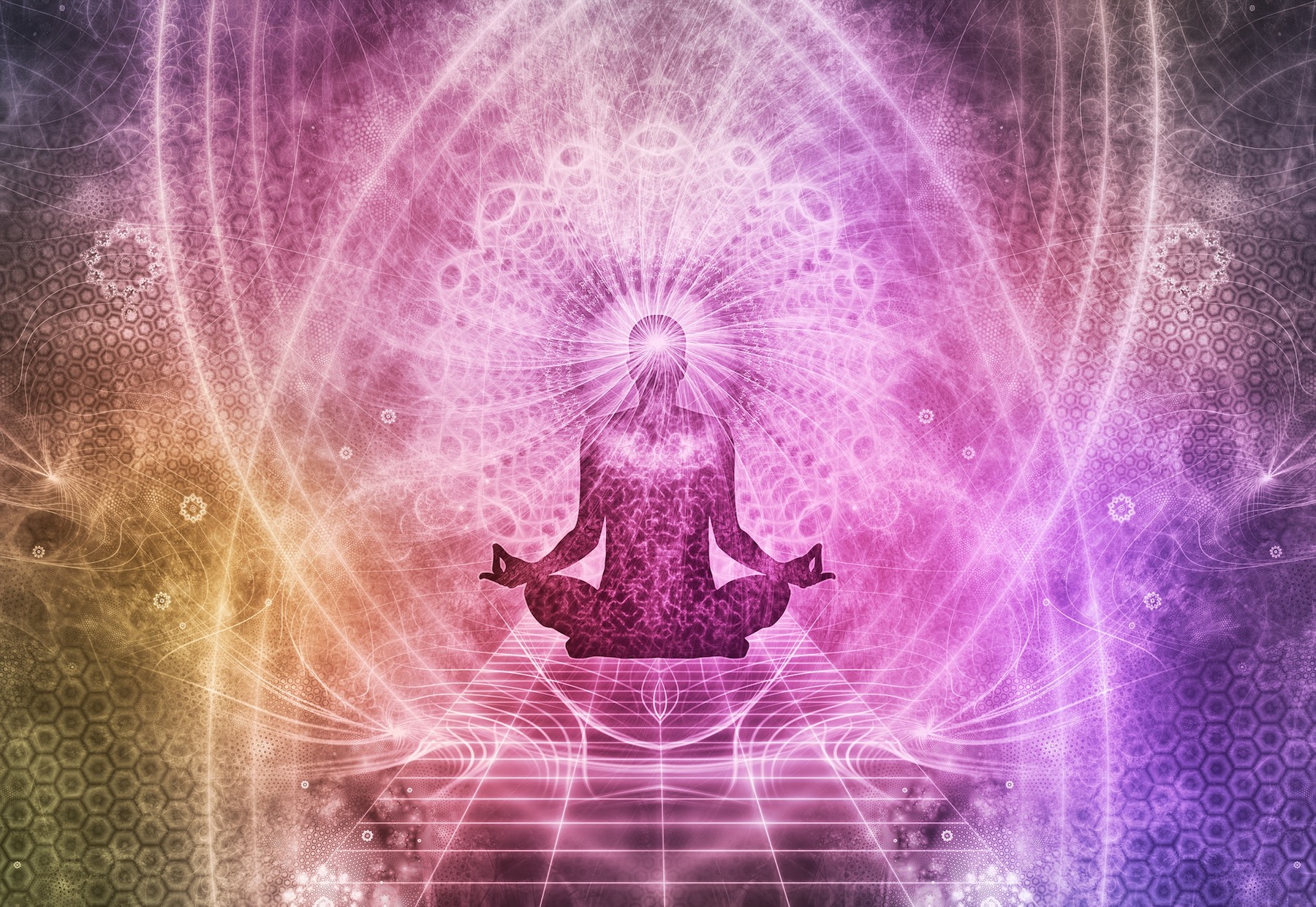Two types of Samadhi described in the Yoga Sturas are Samprajnata and Asamprajnata. Both are states of corresponding to the eighth step of Patanjali’s Ashtanga Yoga. Samprajnata means Samadhi with Prajna or highest wisdom. On the other hand, Asamprajnata has two prevalent definitions because scholars disagree on it.
To just set the background – Samadhi begins when we achieve one-pointed (Ekagra) concentration on an object of meditation (Pratyaya). The object or Pratyaya, can be a symbol, deity or mantra that the seeker chooses to focus on.
As an example, let us assume that the object of meditation is a Lotus. In the first stage of Samprajnata Samadhi we are aware of the physical, tangible object that is this lotus. By the second stage we lose awareness of the physical aspect, but are only aware of the mental concept of lotus. Lotus now becomes a subtle thought, it is no longer a material object. These are two of the four stages of Samprajnata Samadhi.
First definition of Asamprajnata Samadhi
By some scholars Asamprajnata Samadhi is that moment of transition between one stage of Samprajnata Samadhi to another. In this we temporarily lose all awareness of any object of meditation. During this transition mental impressions of the Lotus do not disappear, they just become latent. To take an example, if you’re switching gears while driving a car, there’s that fleeting moment when there’s no gear and car is in neutral. This is Asamprajnata Samadhi, per one set of scholars. In this theory, each stage of Samprajnata Samadhi intersperses with moments of Asamprajnata Samadhi.
Second definition of Asamprajnata Samadhi
The other set of scholars say that there are no such intermittent breaks. First we go through all the four stages of Samprajnata Samadhi using that Lotus as our object of meditation. We continue hanging on to this lotus in various subtle forms as our focal point. We do this till we reach a stage where we no longer need it. Now, we are concentrating but we don’t have any object of concentration. But that is not possible, as mind always has be ‘aware’ of something. Except perhaps when it is in deep sleep (otherwise we can never be ‘thoughtless’). In this stage, mind is empty as there are no objects to focus on. With no more objects, obstructing its vision and it automatically gains awareness of the soul. This is Asamprajnata Samadhi.
Now, which one is right, we can only know through direct experience. 🙂







